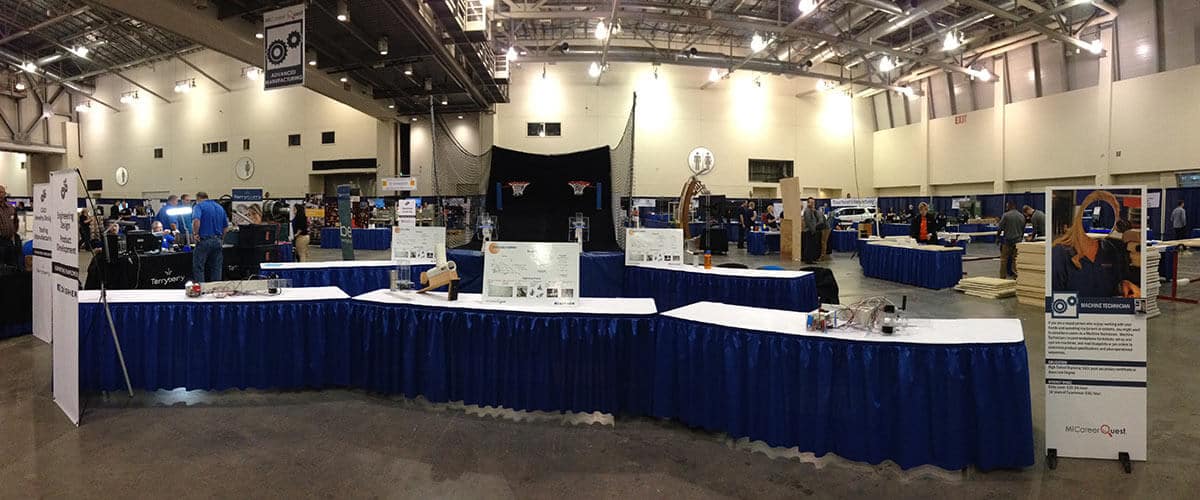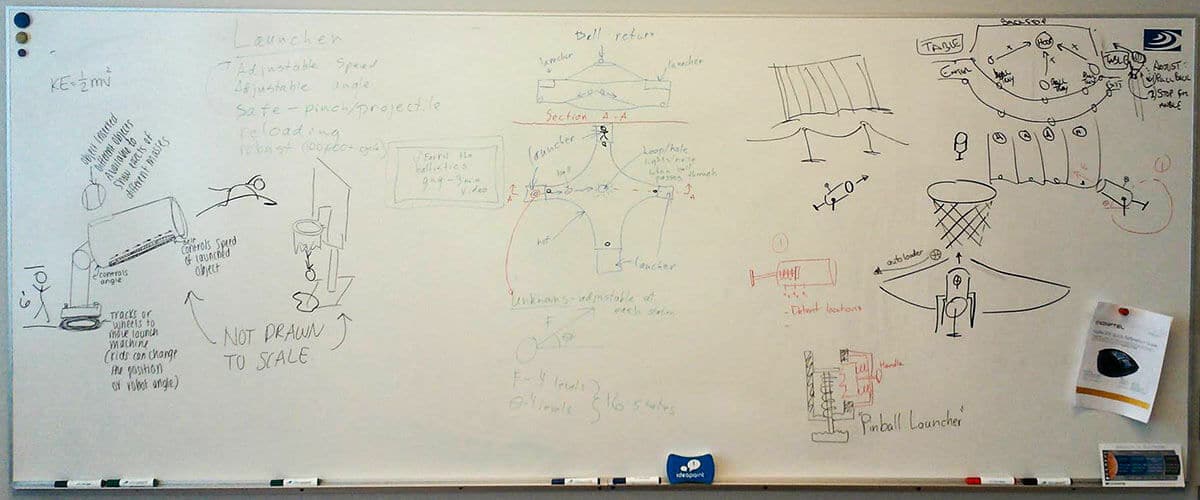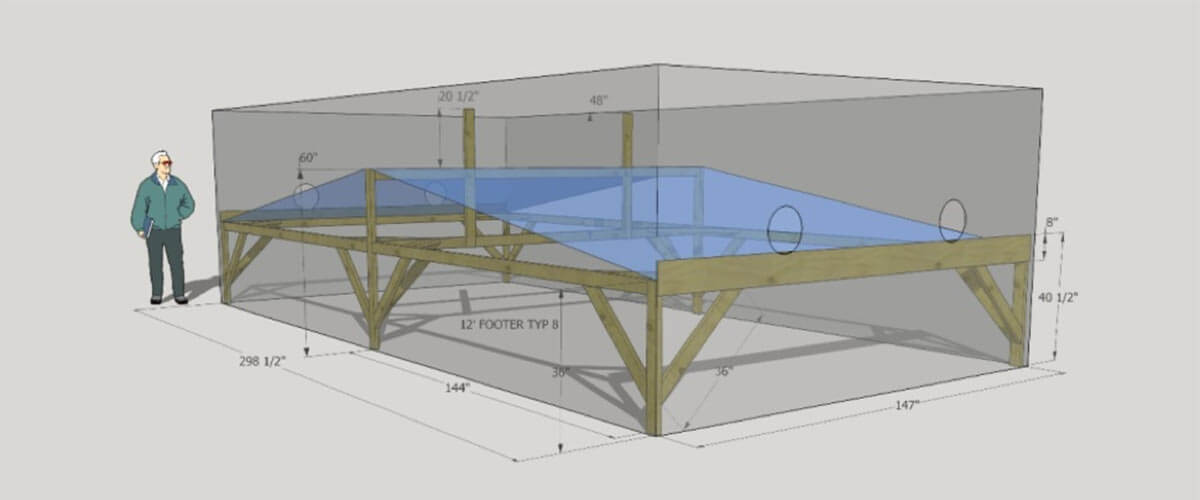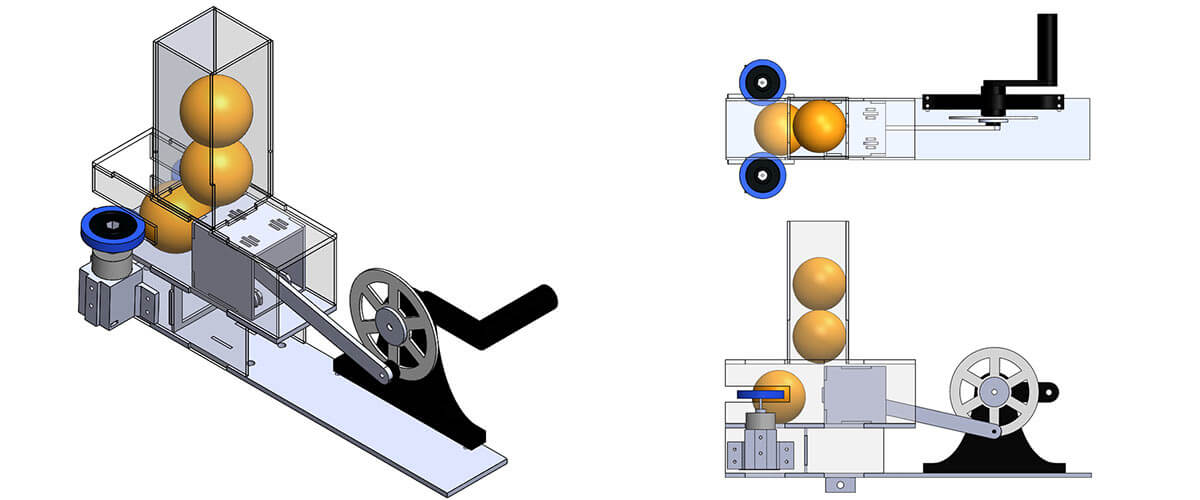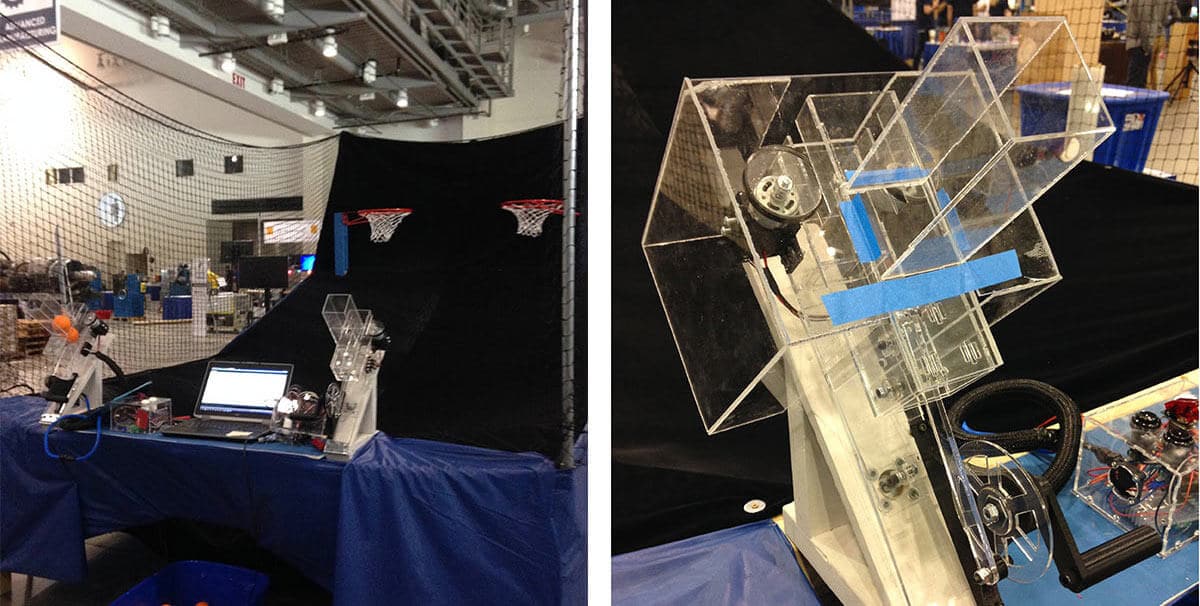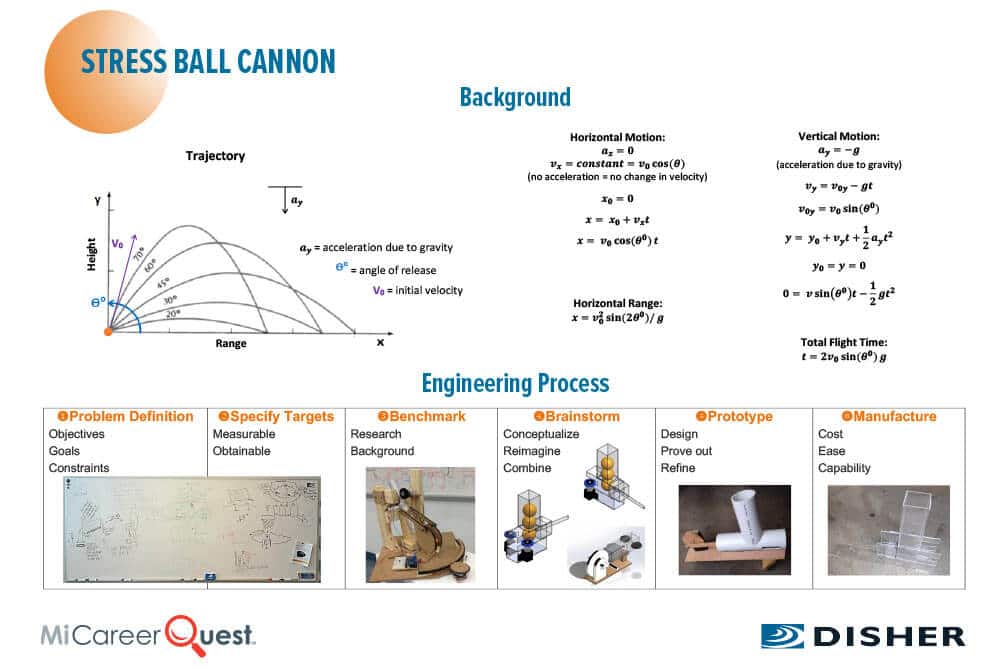DISHER Participates in MiCareerQuest 2017
April 28, 2017

Written By:
Sarah Watson | Manufacturing Engineer

Engineering Interns Launch Learning
MiCareerQuest gives West Michigan students a unique opportunity to explore a variety of occupations, get to know a few colleges/universities, and meet potential employers from several industries. This year’s exhibition took place on Thursday, April 13th, 2017, at the DeVos Place in Grand Rapids. DISHER was one of several engineering firms with a booth that displayed an exciting engineering experience that sparked kids interest in this career choice.
Organizers of the event call it a “career exploration experience” and state: “During MiCareerQuest, students rotate through quadrants highlighting four high-demand industries: advanced manufacturing, construction, health sciences, and information technology. Students engage with professionals and participate in activities that showcase various high-growth occupations, opening their eyes to opportunities for great careers in West Michigan.”
Last year, DISHER created an autonomous color-targeting Nerf gun. It became a memorable booth especially for the spectators. The Nerf gun was programmed to locate the color of light green, and the string bags that were given to all of the participants were light green. The Nerf gun began shooting soft bullets at all of the kids in the crowd. Poor kids… they never saw it coming! The question going into this year’s booth planning was: “How do we top that?”
Brainstorming Engineering Ideas
First, we determined what we wanted the kids to learn and experience. We decided that our activity should teach the following:
+ Mechanical and electrical concepts
+ Engineering can lead to fun and exciting products
+ Designs do not have to be complicated, they can be simple— something they can make at home
+ Physics concepts in an interactive way
+ Engineering is a process— it takes time, thought, and planning
After exploring various ideas, the group decided to have an interactive launcher/cannon of some type. Next we held a Whiteboard Event to start the design process. Our process for brainstorming was simple:
1. Participants got a section of a whiteboard and a marker
2. Participants had a specified amount of time to sketch ideas for the launcher and the booth
3. Participants discussed their own ideas and built on other’s ideas
The outcome of our Whiteboard Event included multiple launcher designs, booth setup ideas, and project requirements/constraints:
+ Student’s control the speed and angle as part of learning process
+ Multiple kids go at once to increase participation
+ The launcher must be safe— no pinch points or getting hit by the projectile (not this year!)
+ Easy reloading of the launcher
+ Every aspect of the project must be robust so no part will break
The finalizing of the concept design and the construction of the launcher was done by DISHER engineering interns. This gave us the opportunity to work on concept development, project budgeting and planning, and communication skills. The project was guided (mentored) by two DISHER employees.
Concept Design and Finalizing
The design group came up with the idea of creating a DISHER stress ball cannon with both mechanical and electrical components. The mechanical component of the launcher would be a piston to move the stress ball towards two flywheels which compressed and launched the ball. The electrical components of the cannon would include two DC motors to control the flywheels, a stepper motor to control the angle of the cannon, and an Arduino and other electrical parts to control the motors and the cannon as a whole. The booth itself would contain two to four cannons, two on either side of the booth, which shot towards two basketball hoops located in the middle.
A key aspect to the conceptual design of the cannon was that DISHER wanted it to be made of clear material (acrylic) so that the participants could see the working mechanical and electrical components.
The cannon prototype and build was done by intern Brennen Proudfit. After he left to continue schooling at Kettering, interns Jordan Vanderham and I took over the project. With the help of other DISHER employees, the cannon came together. The booth was built in DISHER’s shop and the cannons were wired up, coded, and tested. Although a few problems popped up during the final stretch, they were quickly resolved by DISHER’s great team.
MiCareerQuest Event
DISHER played three specific roles during the event:
1. The Recruiter: Talked to kids in line and got to know their favorite subjects in school, their interest in engineering, etc.
2. The Coach: Worked the launcher and taught kids how the electronics box worked and how to shoot
3. The Outfielder: Stood behind the booth and caught the balls that missed the baskets
Every student had three chances (3 stress balls) to modify their speed and height and try to get their ball(s) into the basket. While watching, I noticed three types of students:
1. The student that didn’t change the settings and just cranked out all three balls. These kids were just happy to launch something into the air and didn’t necessarily care about how the launcher worked.
2. The student that adjusted the settings initially but then cranked out all three balls without modifying between each shot. Maybe these kids believed that they had the right combination but it just didn’t go in or they thought that they only had one chance to change the settings.
3. The student who took their time changing the speed and angle settings to find the right combination between each trial. This is how we knew who the future engineers were!
Throughout the day, there were several learning opportunities. When kids barely overshot the basket their reaction was to lower the angle. They did not understand that it would cause the ball to launch further away from the hoop even though the posters right next to the launcher proved that concept. They have a few years left in school— one day they will understand. One day.
Our wheels were constructed out of laser-cut acrylic with vacuum bands around them for traction. When speed was high, the wheels would not grip the ball (it would slip) causing a wimpy launch. Kids at the highest setting who had this happen wanted to increase the speed— which they could not. When the speed was low, the wheels would have a great grip on the ball and launch it far. Sometimes it would launch it over the back of the booth! Kids at the lowest setting who had this happen wanted to decrease the speed— which they could not. They had the right thinking about the velocity aspect but they did not understand the more complex problem of traction. That was completely our fault. BUT, it provided a great opportunity to engage with the students. So, was it really a bad thing? Learning is always good.
At the end of the day, it was very satisfying to know that all our hard work paid off. The booth ran smoothly and the kids had a blast and learned something too! Seeing their faces light up when they saw the booth made it all worth it.
Engineering Intern Take-Aways
1. In-depth concept design and testing is necessary to prevent surprises during production
2. Communication and continual updates to all involved in the project is big. The project can’t move forward if no one knows what’s going on or what each other is doing.
3. It takes planners and doers. In the beginning, planning is critical. Near the end of the project when the deadline is approaching, it requires people who are willing to take risks and just do what is needed to get the job done. This project would not have come together in time if it were not for the doers in the group (cough, cough… Chuck Beasley).
4. Don’t expect kids to be gentle with the product. They not only broke a handle off one of the launchers, but they also broke the base of the SAME launcher near the end of the day.
5. ALWAYS bring backups! Murphy’s Law is a very real thing…
6. The event was all about the kids and the memories created. Our job, ultimately, was to get the next generation excited about engineering. How can we make the day meaningful and memorable for them?
A Big Thank You To Those Involved
The interns are grateful for the support they received internally from the DISHER team of experts. Several team members helped with: initial planning; electronics and coding; building and mechanics; booth setup; and working the event.
Written By: Sarah Watson – Engineering Intern
Sarah is currently pursing her Mechanical Engineering degree from Grand Valley State University. Sarah enjoys playing sports – especially volleyball and softball. She also plays the violin and performed at Carnegie Hall with her high school. Her most memorable family vacation was the Smokey Mountains where she enjoyed horseback riding, zip lining, the Dixie Stampede, and fantastic food.

